Responsible Development
Whatever the purpose of your development project – to sell or let homes, provide workspaces or create a space for your clients and users – we can demonstrate a real return on investment in our responsible and beautiful buildings.
Your time and money are precious resources, and your building needs to meet the interests of your organisation and your users. Building resilience, operational costs and of course productive, healthy, happy people are all important outcomes to ensure that your project performs, and is profitable.

Your challenges are our priorities
Optimizing Existing Buildings
Most of the buildings we will be using in 100 years already exist. We enjoy working with existing buildings, making the most of their character but approaching them with a practical eye for how we live and work now.
Focus on social impact
We’re passionate about aligning our architecture with your mission. We create projects with measurable impact, proving that good design can drive positive change.
Complex stakeholder needs
From funders to beneficiaries, navigating diverse needs is our speciality. We excel in collaborative processes and open communication, ensuring everyone is heard.
Regulatory compliance
We stay up to date with the latest developments in building regulations and sustainability guidance, which will constrain your project, but also provide opportunities for innovation and future peace of mind.
Sustainability
We believe in responsible and beautiful design that has the minimum impact on the environment. We offer expertise in low carbon design and renewable energy, to keep your carbon footprint and energy costs low.
Do you have an impactful project in mind? Get in touch and let’s discuss it.
From low carbon to regenerative design
We are signatories of Architects Declare and have committed to reaching the RIBA Climate Challenge 2030 Targets. Many organisations have signed up to similar commitments, and the earlier we are reaching those, the better the outcomes will be.
Low carbon buildings are created using materials with a low carbon footprint. They may reuse existing buildings, taking advantage of the embodied energy of the materials already in use. They are well insulated and designed using form factors that minimise heat loss and heat gain. They balance low energy use with renewable energy sources to keep operational carbon emissions low, which in turn reduce running costs for the user. Low carbon buildings will retain their value into the future as investors and occupiers seek out sustainable premises.
We are working toward Regenerative Design, using long term thinking in all our projects, and were cited in the first Regenerative Architecture Index. If you want to know more about our approach to Regenerative Design, or want to collaborate on a project that has ambitions towards Regenerative Architecture, please get in touch.
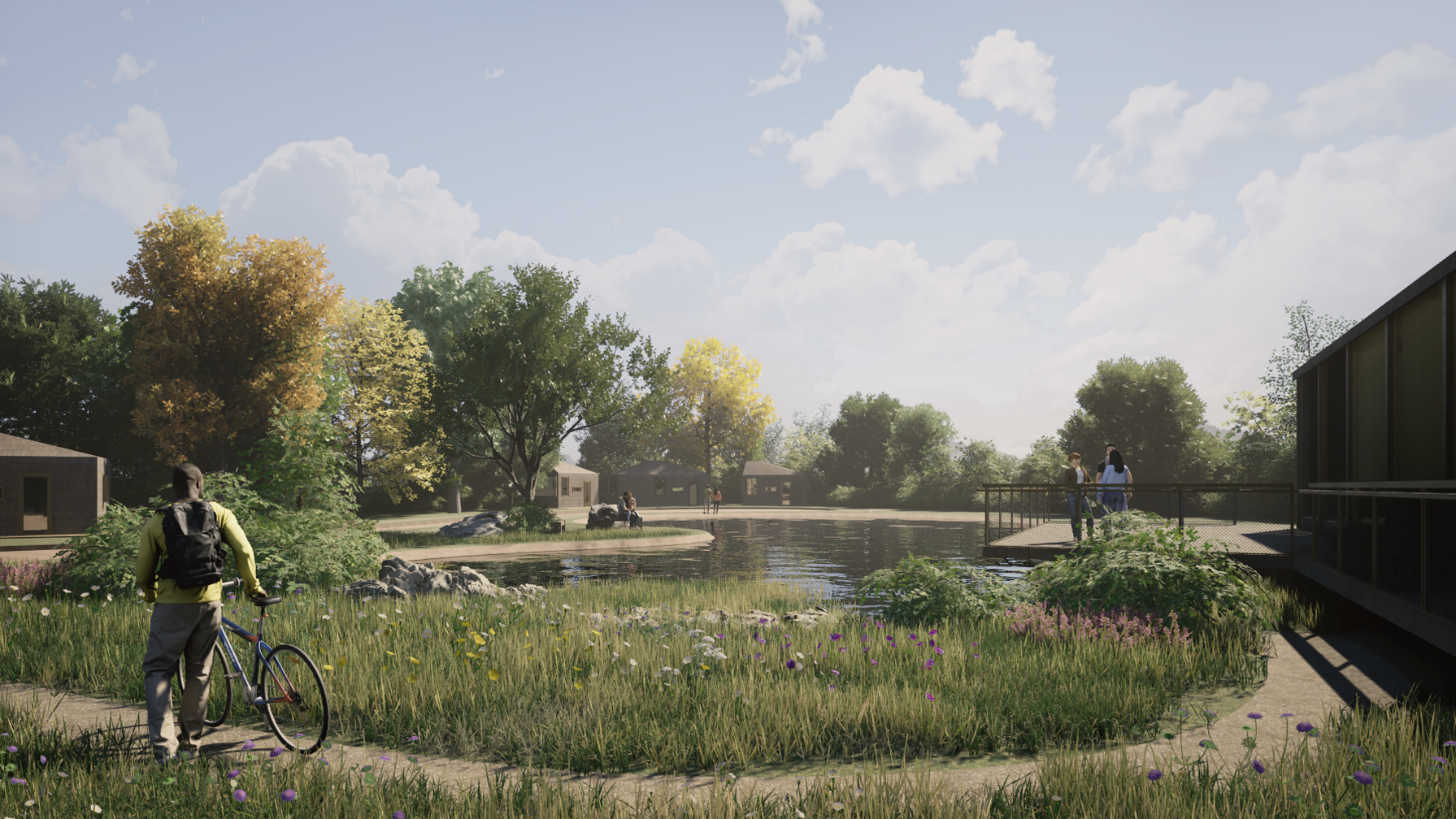
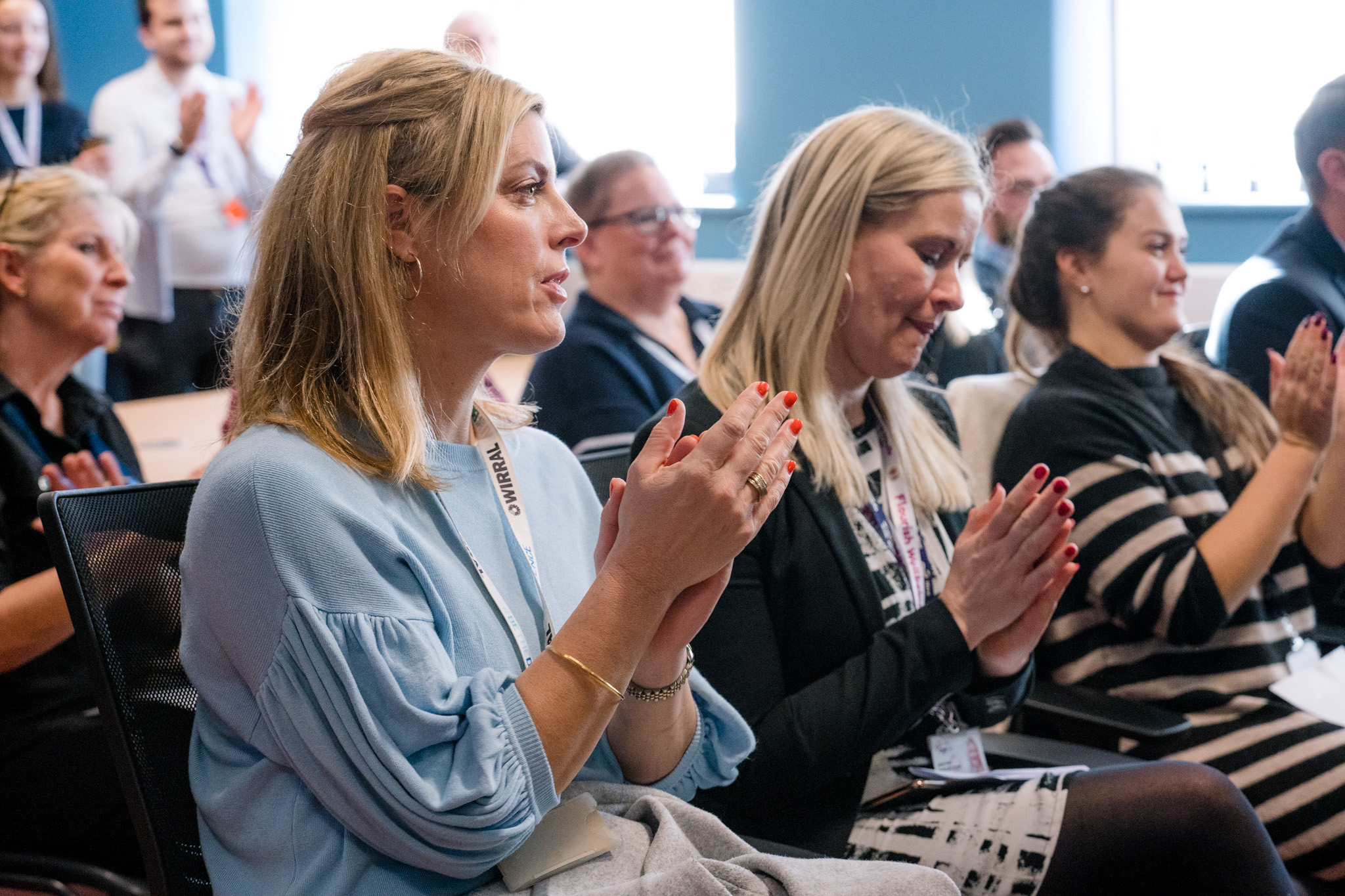
Stakeholder engagement
For us, a successful building is one that fulfills its brief, its users are engaged with, and is responsible to the environment, contextually, and for the future.
From the start, we engage with your stakeholders to hear their thoughts and needs. We also engage with the local community to ensure their needs are heard before it goes to planning.
In different projects, we have invited staff, visitors, fundraisers, building maintenance teams and children into our design process. Using workshops and surveys, we gather insight and marry it with our client’s own objectives. This results in a building that performs better, for the people who use it, the owner and the wider community.
Would you like us to collaborate with you to ensure all voices are heard? Get in touch and we can talk about your ideas.
Quality assurance
Collective Works is led by three Partners, Siri, Khuzema and Alasdair. We each have over 15 years of professional architectural experience in the UK designing and delivering homes, workplaces, community projects and specialist spaces for primary healthcare and hospitality.
We actively research new technologies and approaches in the construction of buildings and monitor legislative changes both on environmental issues, but also regulator reform, including the building safety act 2022.
Our small studio has a culture of knowledge sharing as well as project reviews and a forward looking CPD programme. We apply our diverse experiences to our designs, working collaboratively and listening to our colleagues, consultants and clients.
Early sketches are quickly set up in BIM in order to interrogate spades, quantities and clashes, such that all designs can be built efficiently and well.
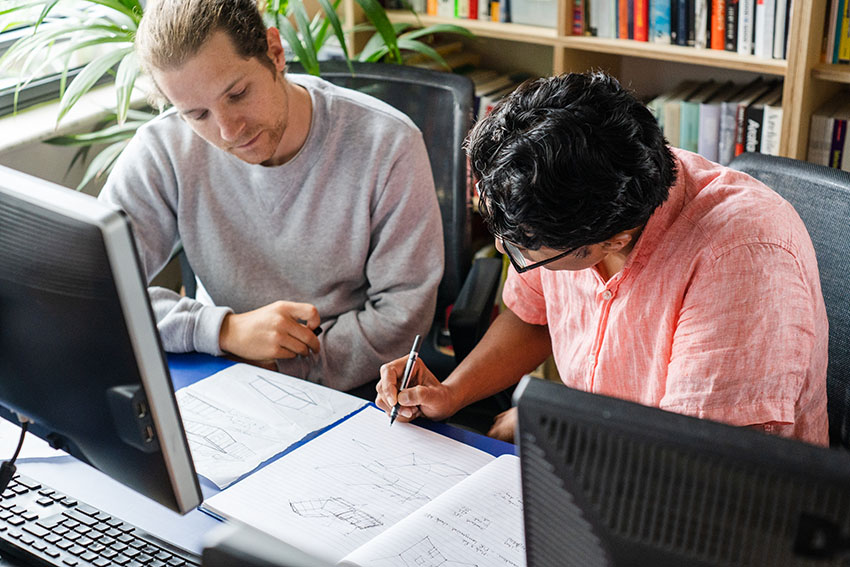
Principal Designer
Clients have a statutory duty to ensure that their projects are designed with safety in mind. This duty is discharged by the appointment of a Principal Designer (PD).
Both the CDM Regulations 2015 as well as the Building Safety Act (BSA) 2022 define the role of the Principal Designer. In fact, the roles are slightly different although the title is the same.
In simple terms, the CDM PD is about ensuring any building is designed to be safely constructed and maintained. It requires designers to consider the welfare of the public as well as any contractors working on the property.
The BSA PD role requires a designer to ensure that designs meet Building Regulations. This new legislation is part of the response to the Grenfell incident and as such, there is a greater scrutiny on clients to make sure that a PD is appointed to offer the appropriate oversight. Almost all projects that require Building Control consent will require a PD to certify the design is compliant.
We go beyong compliance in undertaking the Principal Designer role on projects that we are designing, and also for selected projects for whom we are not the architect.
Diversity in practice
Collective Works is value led. Our practice is both female and global majority led. We continually work to ensure representation within our team. We believe that our diversity not only benefits our design process, but it allows us to work effectively with a wider range of clients and stakeholders.
We also recognise the importance of neurodiversity, and understand well that a Collective mind is more powerful than any individual. Our small office is structured to allow us to think bigger, and we welcome new partnerships and inclusive processes.
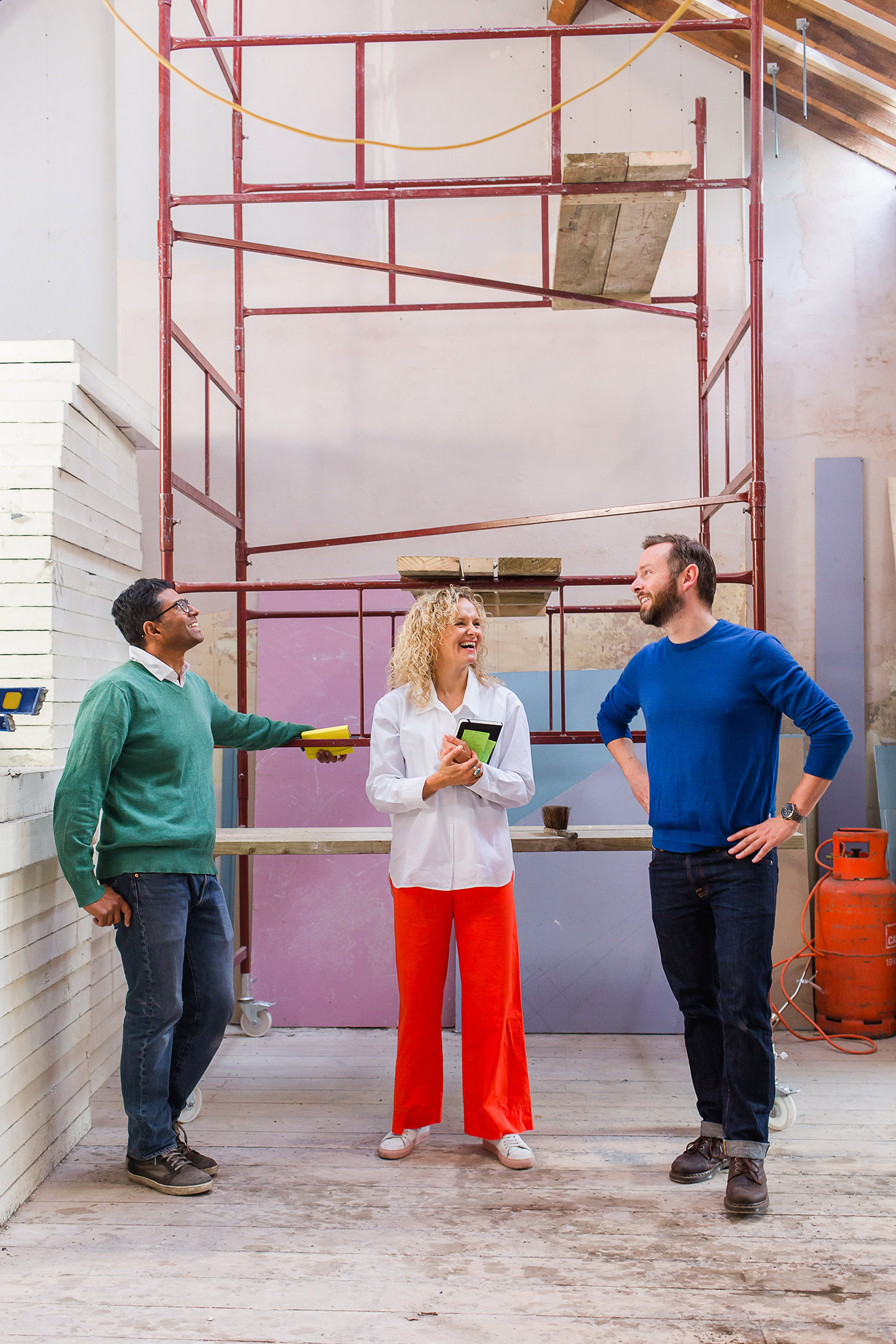
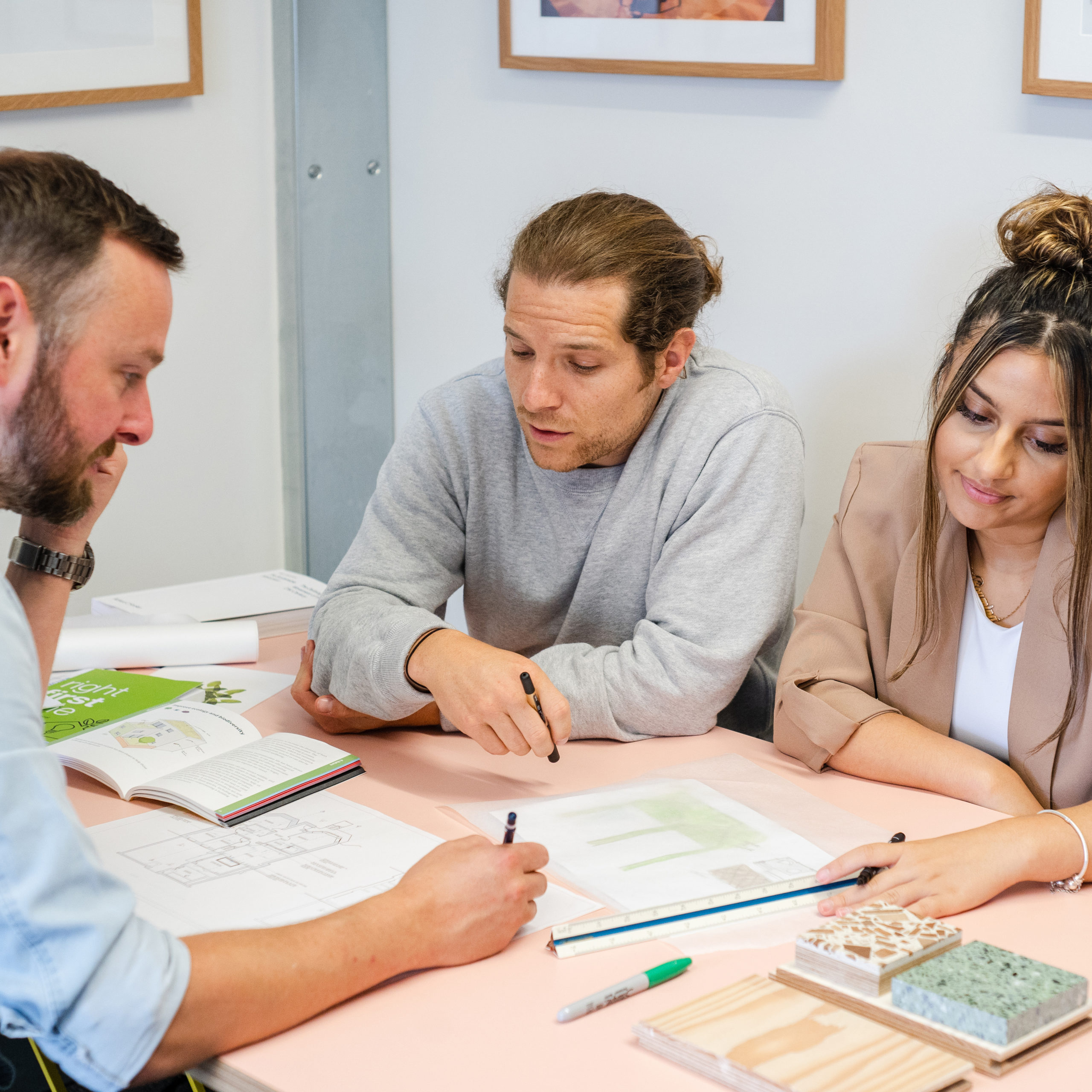

Let’s have a chat about your vision and
how we can help you realise it.
Collective Works are an architecture & design studio. Our network of professionals will create your perfect solution.